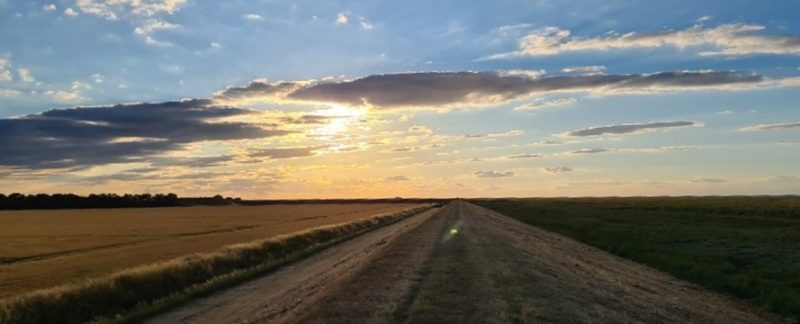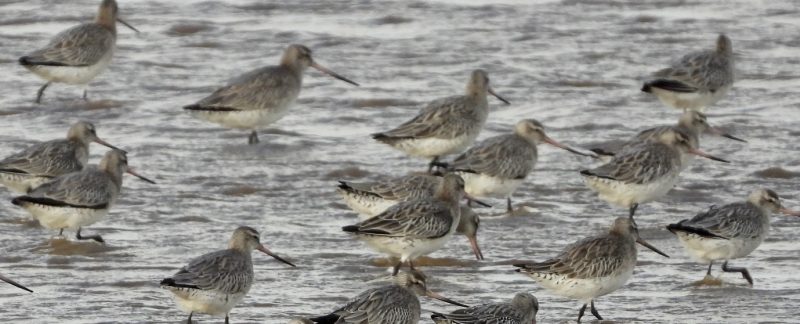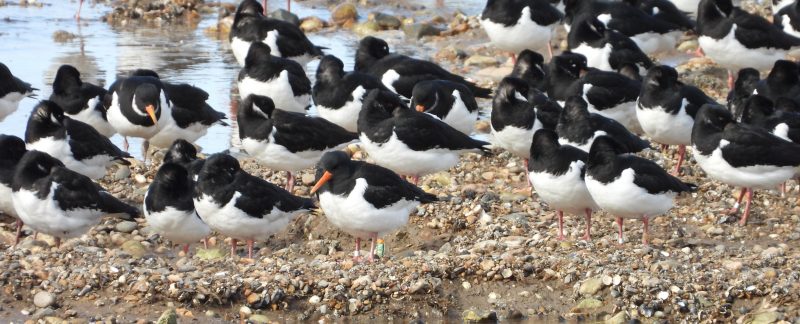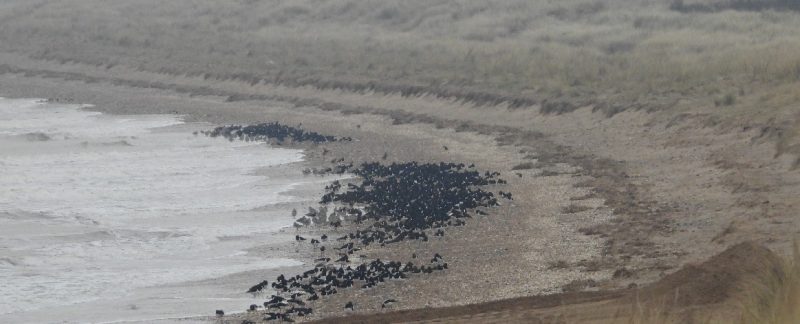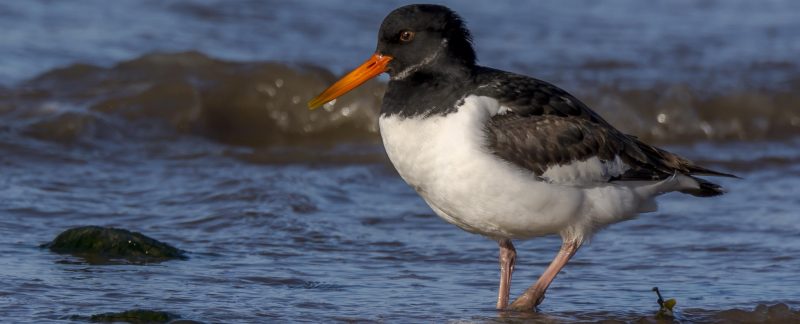Friday 15 July
Evening recces were carried out at:
Gedney (Nigel) – the marshes were flooded 45 mins before tide with around 100 Curlew over the marsh, around 100 Redshank on the tide edge and 200–300 Black-headed Gulls on the pool.
Beaches (Guy) – Heacham North North, no birds; Heacham South c. 2,000 Oystercatchers; Snettisham beach a few Ringed Plovers and Oystercatchers, but lots of Ringed Plover fencing all along the beach making it unusable for catching. Also noted at Snetts was a Turtle Dove calling and a Spoonbill flyover.
Continue Reading →
